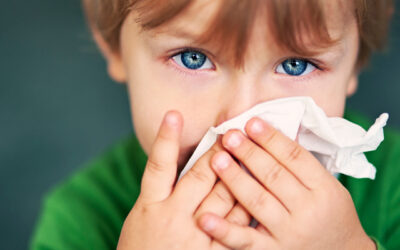When you and your family are lounging on the beach, playing at a park or working in your backyard garden, it can be easy to forget to protect yourself from the sun and stay hydrated. However, extended exposure to heat and sun can result in a dangerous condition known as sun stroke, which is also commonly referred to as heat stroke.
Sun stroke occurs when the temperature in the body escalates quickly and you are unable to sweat to properly cool off. In the case of sun stroke, your temperature may go up to 106 F or above in a short period, between 10-15 minutes. If not treated immediately, sun stroke can lead to serious consequences, including damage of vital organs in the body, permanent disability or even death.
Who Is at Risk?
Everyone is susceptible to sun stroke, especially when the weather is extremely hot and humid. But children, from infancy to age 4, are at increased risk for the condition. Other factors that increase the risk of sun stroke in individuals of any age include:
- Dehydration
- Drug and alcohol use
- Fever
- Heart complications
- Obesity
- Poor circulation
- Prescription medications
- Sunburn
Warning Signs
If your child has been spending significant time in the heat and sun, a variety of symptoms can signal that he or she is in danger of heat exhaustion. Warning signs of the condition include:
- Confusion
- Dizziness
- Intense headache
- Lack of perspiration
- Losing consciousness
- Rapid breathing and pulse
- Seizures
- Skin that is dry, flushed and hot to the touch
- A body temperature of 105 F or higher
- Weakness
If you notice any of these symptoms in your child, it is important to seek emergency medical care immediately. While you wait, get your child into a shaded area or indoors and immerse him or her in cool water if available.
Prevention 101
Several steps can help protect your child from heat stroke during the spring and summer months:
- Avoid participating in physically demanding outdoor activities during the hottest hours of the day.
- Drink plenty of water before, during and after spending time in hot, sun-soaked weather.
- Remind your child that it is important to come inside if they are feeling too hot.
- Seek shade when outside and rest when feeling fatigued.
- Wear loose, light-colored clothes.




